|
It was a great pleasure to make contact with Andrew Haig who shared memories and experiences as a designer. Working with the influential firm Kinneir, Calvert and Tuhilll, he produced the signage for Lancaster West and World's End estates in the 1970s. As artist in residence on Lancaster West in 2015, I had an opportunity to use art to connect residents with the history of their estates; this is a poignant issue as many estates are now under threat from redevelopment schemes as evidenced with Silchester Estate in the same neighbourhood. This blog completes my set of interviews with former architects and current residents of Lancaster West estate.
At grammar school in England, my academic career was uneventful. I did well at art and athletics (I still compete today). Politically I was a little right-wing shit and a sergeant major myself in the cadets. At the end of sixth form I applied to join Sandhurst for Officer Training but, influenced by my art master who had been to Reading University, I was persuaded to apply to the only two institutions where you could get a degree in art in those days – Reading and Newcastle. Fortunately I failed the eyesight test at Sandhurst and got accepted at Reading despite my indifferent A level grades (including art!). You needed three A levels for university. UNIVERSITY The four year Honours course with it's academic underpinning suited me fine. The first year was study for the 'First University Exam' in my case in Art, Geography and Ancient History. We then spent time with the main Art sections: Painting, Sculpture and Typography with a view to specialising in the second term of the second year. I realised that much as I enjoyed painting I had no special talent for it and would need, eventually, to make a living. I chose Typography. Good decision. I should say that as soon as I started at Reading I dropped all the right-wing militaristic crap and retreated into a somewhat nihilistic shell. (subsequently I became a community-minded leftie. More of that later). The graphic design profession was only just getting going at that time and despite the dusty academic slant of the course, a bona fide graphic designer was a once-a-week visitor and very influential too. My painting heroes had been Michael Andrews, Richard Diebenkorn and RB Kitaj. Now I started to take an interest in the burgeoning Graphic Design scene in London, particularly the work of those that were serious and analytical. At the very beginning of the fourth year we had to submit an undergraduate dissertation as part of our finals. Mine addressed the ongoing application of a corporate identity for British Rail with a particular look at the signing systems and the emergence generally of lower case sans serif lettering as the standard (yup – pretty nerdy I know but you can see where this is going!). For my research I interviewed several of the key people at British Rail, Design Research Unit and Kinneir Calvert. Jock Kinneir was informative and patient with me when I went to see him at the Royal College of Art where he was head of course. On leaving Reading I interviewed with Kinneir Calvert (Tuhill came several years later) and from my dissertation they could see that I fitted well with their set up and I was offered the job of junior designer. Their office was in Knightsbridge so I started in August 1967 in the heart of 'swinging London'. Bliss! KINNEIR CALVERT (TUHILL) Initially I assisted senior designer David Jones who was working on the signing for the miner's new town in the North East, Silksworth. I helped with the visuals for presentation. Soon I was assisting Margaret Calvert with her airport signing system as well as other more general graphic commissions. I must say that Margaret it is who taught me all there was to know about typography, layout and systematic thinking as well as the thrill of finding the right metonymic image; in graphics a well chosen image or symbol speaks volumes! She was very much a mentor for me. Once a signing scheme was accepted, there was much detail work to be undertaken and I was involved with drawing symbols, doing technical drawing for sign manufacturers and writing and laying out pages of instruction manuals. Meanwhile, I was accepted as a capable typographer and either worked as an assistant in that capacity or otherwise entrusted with the odd annual report or piece of publicity. In those days we still worked largely with hot metal so layouts were traced with precision on typography paper, the compositors instructed and the resultant proofs pasted up as 'artwork'. I loved every moment of it. TEACHING In those days it was considered a matter of status for a young designer to take a day part-time teaching somewhere. In 1970 I started at the London College of Printing on The Diploma in Typographic Design course where I remained for a decade. Jock and Margaret were happy to indulge me. After I went freelance I picked up a second day at Camberwell school of Art 1971-1973. From 1980 to 1986 I taught for two days a week at Middlesex Polytechnic. In each case my speciality was in the basic principles of typography and layout. An underpinning if you like of the work of many a creative student. FREELANCE I turned freelance in July 1971. This was a moment when Jock demonstrated his inherent generosity. I had learned all the essential procedures for devising a signing system and he tasked me with the job of undertaking such a system for the new London Borough of Kensington & Chelsea estates at World's End Chelsea and Lancaster West in Kensington. Initially this involved pouring over architect's maps and, indeed, talking to them when necessary. I also met them frequently on site and determined the routes through the development and each point of decision. The job involved not just the signing but given the complexity of horizontal and vertical streets intersecting, working out the most efficient addressing system for the benefit of the postmen as much as residents. An analysis of this hugely complex task was written by me. It was accompanied by display boards which Jock and I presented to a huge planning committee at Kensington and Chelsea. Using Margaret's slab serif update of her Rail alphabet, the job involved tracing each and every sign onto sheets to be supplied to the sign manufacturers in dyeline form. Margaret's alphabet eventually became formalised as the typeface called Calvert and to this day is used for the signs of the Newcastle underground system. The dyelines would have been backed up with precise technical specifications. The lettering would always have been accurate courtesy of Margaret's tiling system where artwork was pasted up from lettering printed on paper with each letter on a 'tile' to distance it accurately from its neighbour. I have located some reference photography (1976) of a few of the signs in situ. The blue signs at Lancaster West and the brown ones at World's End, including the large 3D floor numbers that Margaret designed; not sure why she thinks the scheme was not implemented, these shots seem to prove otherwise. (3d signs were only installed at World's End estate, but now not in evidence - Constantine's comment) Note that our signs took due note of horizontal and vertical brick intervals and used those as sign size determinants. One decision we made and justified at the time was my idea to, instead of using arrows, use words (left, right, upstairs etc). Forty five years later it seems just plain wrong. Not everyone reads English or reads it well. What's wrong with good old arrows?
SUBSEQUENTLY I continued with teaching and freelance work specialising in non-commercial clients such as charities and public bodies. For several years in the eighties I shared studio space in Islington just down the road from the GLC Learning Materials Service for whom I did a considerable amount of work. In the mid seventies I had bought a house in Graham Road Hackney (I had to take a full time job for a year as studio manager with Tauber-Fandora Colour Printers – impossible to get a mortgage as a free lancer in those days!). It became obvious that the GLC were planning to formalise our street as an HGV route through from the Blackwall Tunnel to Archway. Along with some neighbours I formed the Graham Road Neighbourhood Group which became a really influential force in the area. I was its first chairman. We did a considerable amount of lobbying and even direct action. We used to do 'zebra walks' back and forth across the road – 70 or so residents, old and young, at 7 o'clock in the morning. This is where I start to connect with your residents! In 1993 I moved to Brighton where I set up a freelance design "collective" working still for the non-commercial sector. In 2009 I retired and still now am involved with my community but otherwise enjoying getting back to my own creativity. I paint and write short stories and poetry which I self-publish. I am also a heavily involved with a local running club for whom I compete frequently – now in the 70 category!
0 Comments
This is an arts project about the history of the Coronet Theatre from 1872-2017. The ghostly presence of a Victorian actress, Marie Henderson, will be our guiding muse. The Melodramatic Elephant in the Haunted Castle will be both a performance piece and an exhibition. The play will be staged at the Coronet on the 7 November 2017. The exhibition will take place at Artworks Gallery from 11-23 November 2017 Our project is a collaboration between a visual artist, theatre director, actors and residents of Southwark. The work will be made available to future audiences by being deposited at Southwark Archives. The Melodramatic Elephant in the Haunted Castle is the culmination of several years of research into the history of the Coronet. It has a deep-focus on the actress, Marie Henderson, who has hitherto been consigned to the margins of academia. Our challenge is to creatively bring her to life: the pleasures and pains, the life-pangs of a Victorian actress; one who transfixed her audiences with performances that put the oomph of drama into "melos." She will be ghost skating through our artistic timeline, materialising at pivotal moments in the history of the Coronet. This might include the WW2 Blitz and a coda section when Marie trips the light fantastic with raving clubbers. She will transport us from the age of corsets and crinoline to silicon implants, from Bedlam to Brexit and beyond. I will be using drawings as a medium to explore ideas and emotions, akin to a visual storyboard. The aim is to produce a narrative body of expressionistic imagery that responds to the architectural spaces of the Coronet and poignantly documents its final heart beat. Because our project is fundamentally sociable and public, there is the challenge of inspiring others to participate in the process of making and thinking. I look forward to sketching out the memories and experiences of people who once visited the Coronet as a cinema and those who still club today and sent into a trance with the musical beat. The icing on the cake would be discovering a senior resident, one who is over 100 years of age, who has a story to tell about the Coronet when it was a theatre. Collaborating with John Whelan and the People's Theatre Company is top of my creative agenda. John has worked on history-based community arts projects in Southwark, but probably none on this scale and ambition. The durational nature of this project will allow John and the actors to become more involved in the development of a poetic play about the history of the Coronet and even get to source their own period clothing in more nuanced detail. John and I will be exploring ideas and themes of mutual interest. For example, the origins of theatre and how this fused with music to create the melodramatic play and its link to cinematic forms of expression; my educational background was in film studies. We want to show how performance and melodrama are still relevant in contemporary society. Double bill film poster for The Crimes of Stephen Hawke and the House of Mortal Sin Melodrama meets horror, Tod Slaughter slices Pete Walker, 1930s resonates with 1970s Oil pastel, 40x64 inches, 2013 Sketching the spirits that inhabit a staircase at the Coronet, 2017 Blog entries: Shop till the zombie drops Cultural memories of the railway arches and the shopping centre at the Elephant and Castle seem ripe for melodrama and horror. Faith, Hope and Charity The life of Marie Henderson and the melodramatic play she starred in called Faith, Hope and Charity which introduced ghostly special effects on to the Victorian stage. The play is a domestic drama, with three murders, one suicide, two conflagrations, four robberies, one virtuous lawyer, 23 angels, and a ghost. Singing and sketching in the rain At the Walworth street festival on 22 July 2017, children sketch images for a scale model of the Coronet and adults talk about their memories of going to the venue when it was an ABC cinema. History and legacy of Melodrama Professor Jim Davis and Dr Janice Norwood provide a fascinating overview of melodrama's rich diversity and defining characteristics. We discover that melodrama was one of the most popular forms of entertainment in the 19th century. Although it was often dismissed as a cultural product, there is a growing awareness of its importance and how it influenced both film and TV. Melodrama Workshop - Introduction We had great fun with it, as it allowed our imaginations to run riot. The only rule we followed was that each beat of the scene had to heighten dramatic tension - preferably through the means of some jaw-dropping revelation. Carolyn Cronin from the People's Company - Masks! I realised how masks conceal the wearer: you’d expect to see their eyes and mouths behind them, but you can’t – the mask itself is the focus. Interview with Sam Porter, manager at the Coronet I’ve walked around this building on my own, at night, in pitch black, with just the little fire lights on and not felt uncomfortable at all. Apart from one space. Culture and Capital at the Elephant and Castle What makes the E&C Theatre important was that melodrama was established and maintained here when other theatres either adapted to contemporary dramatic fashions or succumbed to the cinema; it even achieved a brilliant burst of fame in 1927. |
Categories
All
Archives
May 2024
|
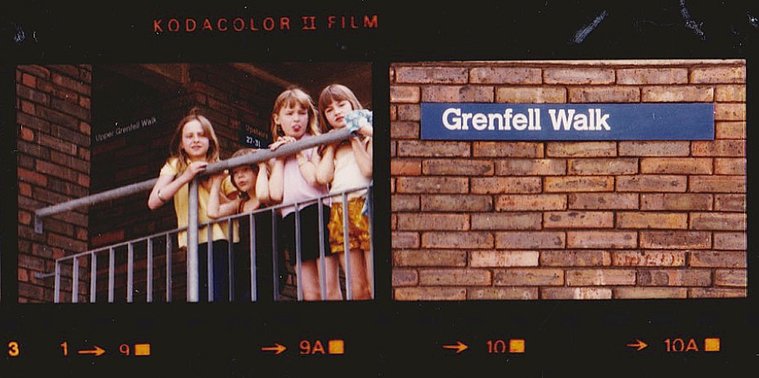

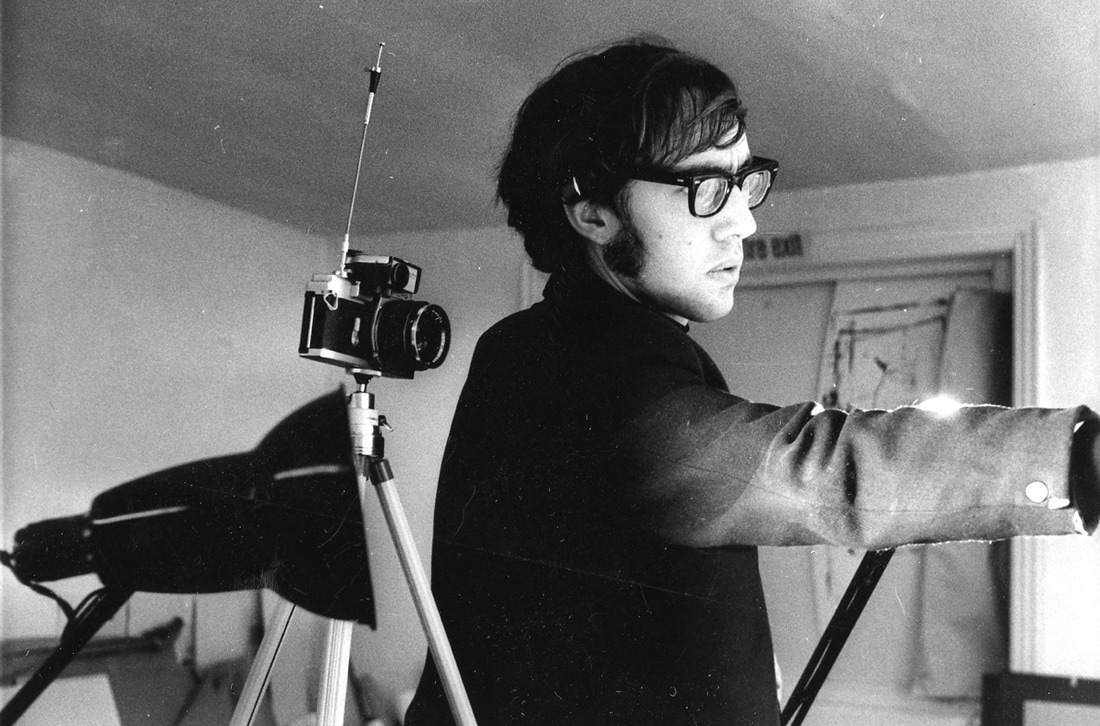
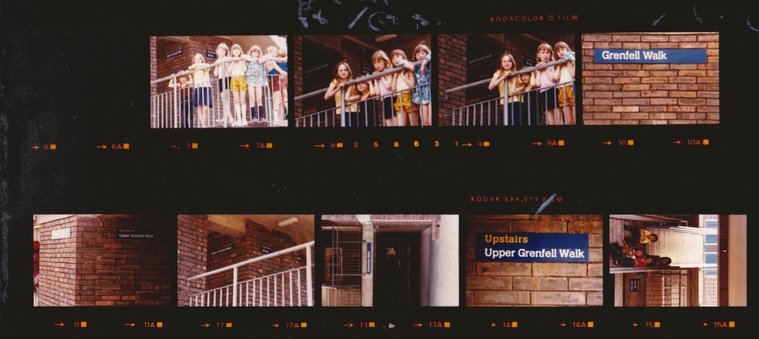
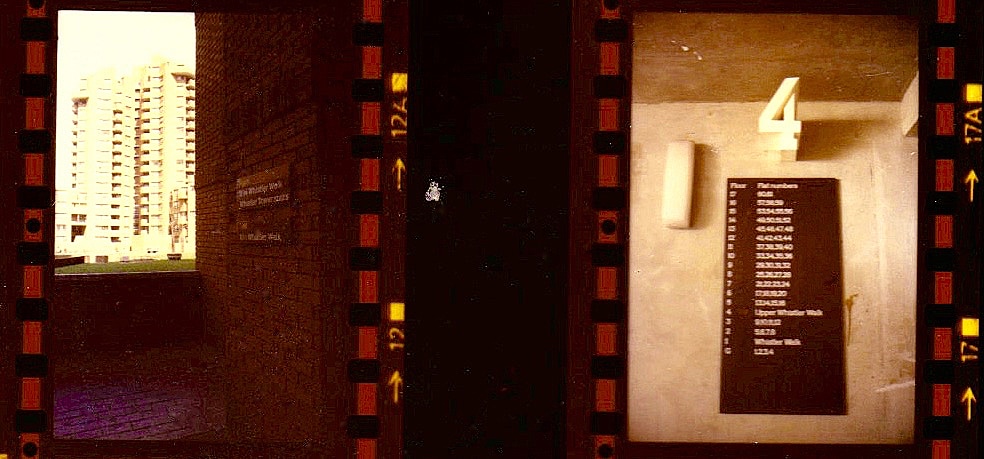

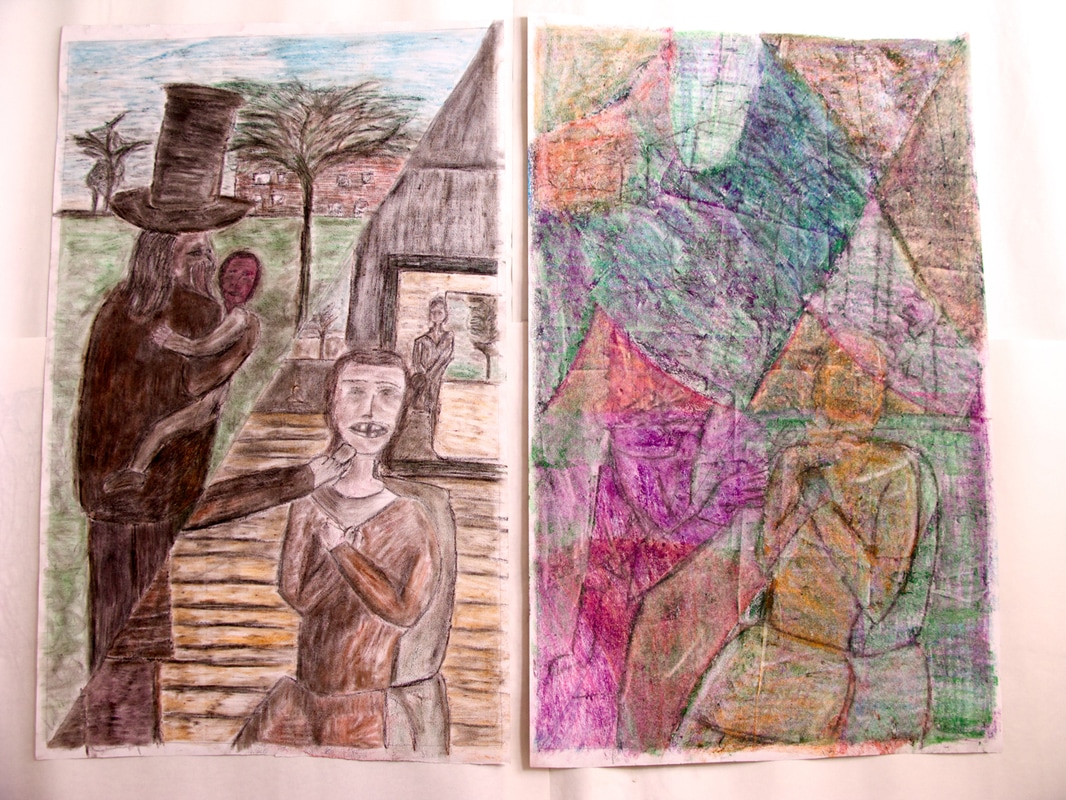
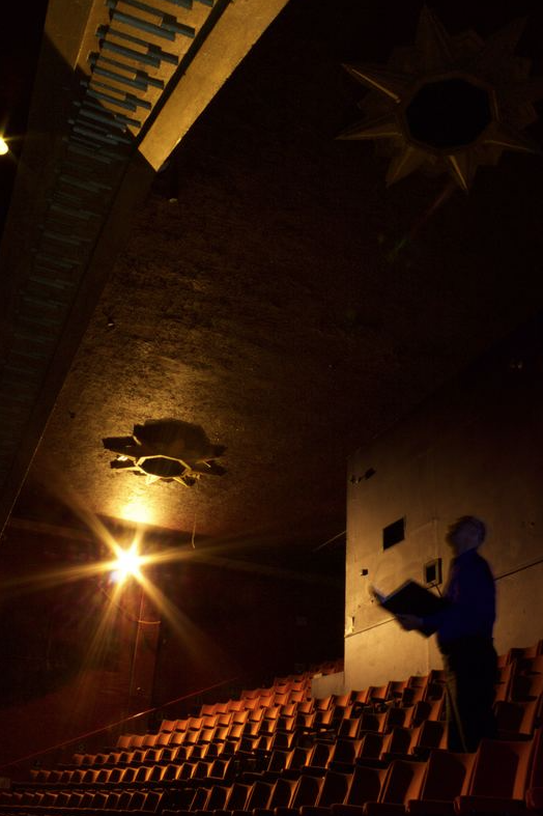
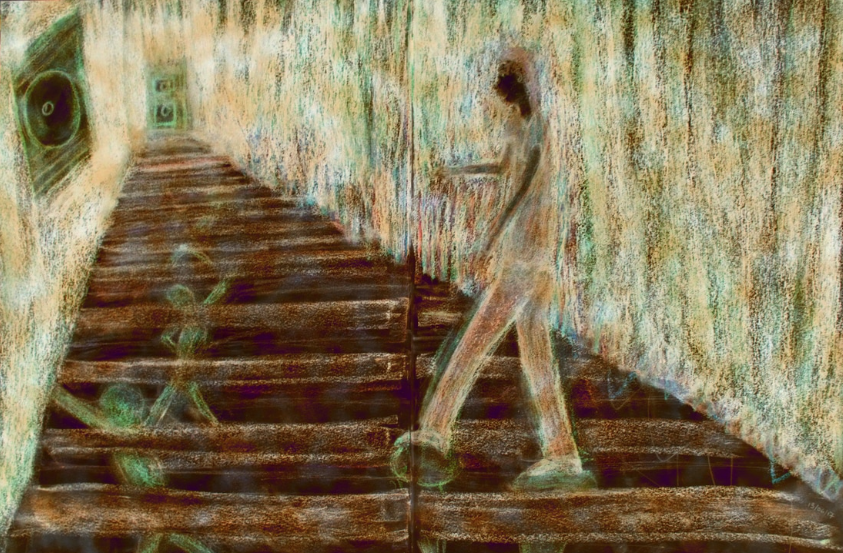
 RSS Feed
RSS Feed
